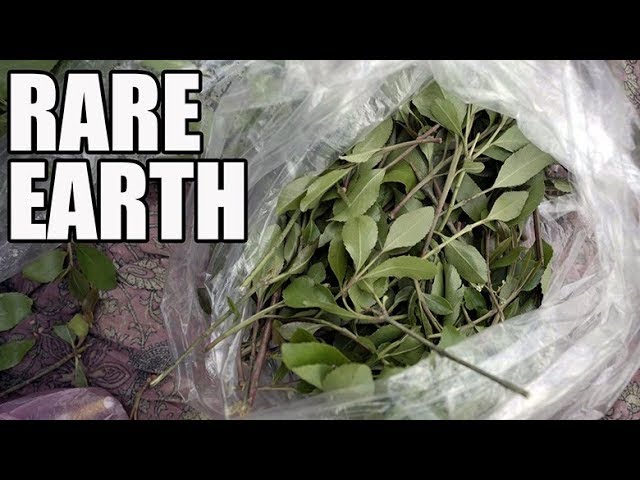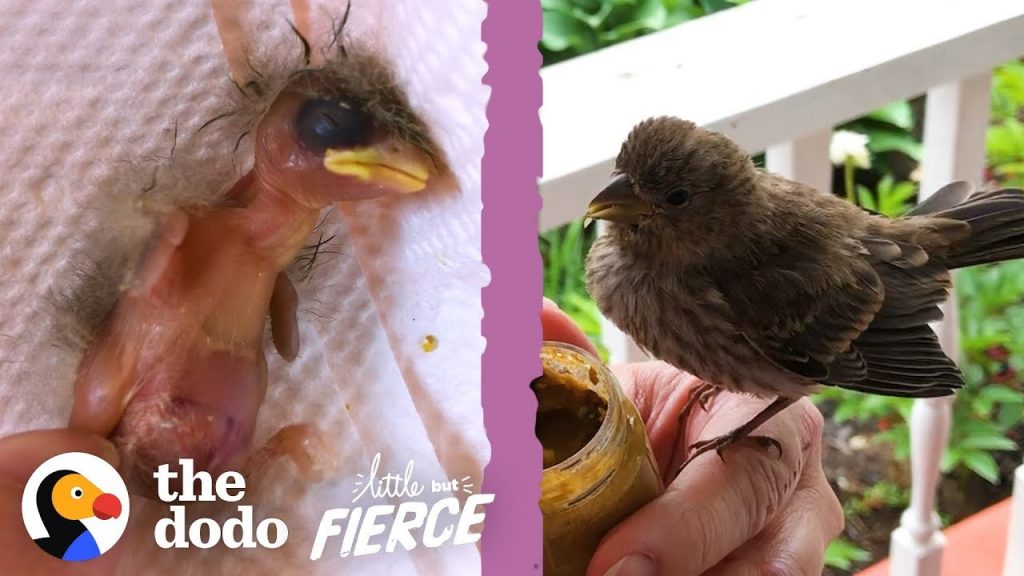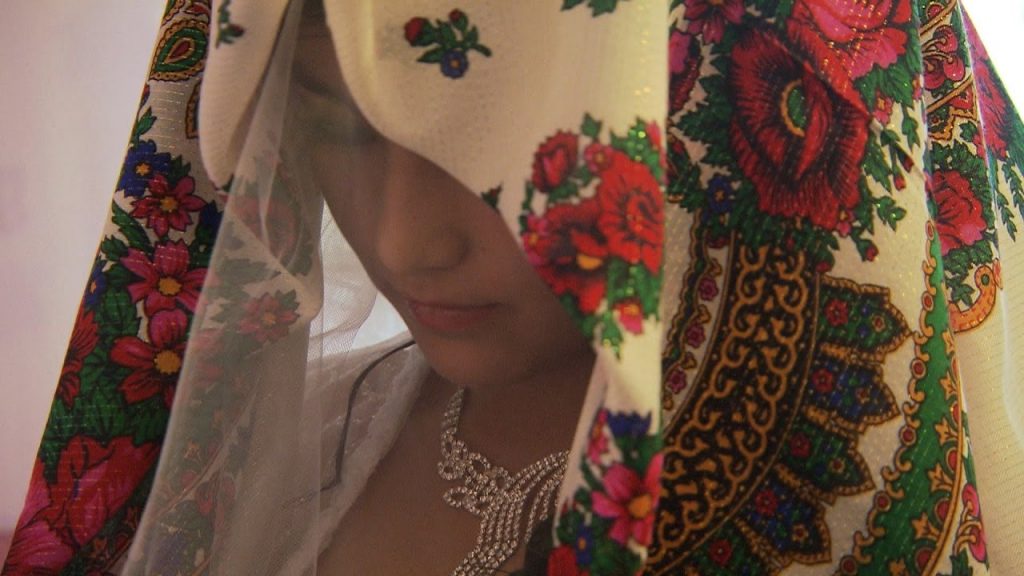Somalia’s (Only) Popular Drug

Chewing Khat at this point is tradition.
It is so much a part of East African culture that you can even use it to bribe the police.
What are the cultural and social reasons behind the popularity of khat consumption in Somalia?
Somalia is known to the world as a country plagued with political instability, poverty, and conflicts. Despite these challenges, there is one commodity in Somalia that is highly popular even among the most vulnerable populations: khat, a plant whose leaves have stimulant properties.
Khat, also referred to as qaad, miraa or chat, has been consumed in the Horn of Africa for centuries. It is a green shrub with glossy, oval-shaped leaves that contain cathinone, a natural amphetamine-like compound that produces a stimulating effect when chewed.
The consumption of khat is deeply rooted in the cultural and social fabric of Somalia. It is widely used as a stimulant and social lubricant at gatherings and events, such as weddings, graduations, and religious festivals. Historically, khat has also been used for medicinal purposes, including as a treatment for depression, fatigue and to aid concentration.
Despite the popularity of khat in Somalia, there are concerns about the negative effects of its consumption. Khat chewing is often associated with increased aggression and violent behavior, and the drug can also have long-term health consequences. Prolonged use of khat can lead to depression, anxiety, insomnia, weight loss, and dental problems.
The cultivation and trade of khat have become an essential source of income for many Somali farmers and traders. The majority of khat consumed in Somalia is grown domestically, primarily in the regions of Gedo, Lower and Middle Shabelle, Bay, and Middle Juba. However, illegal imports of khat from neighboring Kenya and Ethiopia are also common, despite the fact that these countries have banned its production and sale.
Efforts to ban khat in Somalia have been unsuccessful in the past. The Somali government has attempted to curb the drug’s use by imposing taxes and restrictions on its sale and consumption, but these measures have not been effective in reducing the demand for khat. Many argue that a complete ban would only drive khat trade underground, leading to an increase in unregulated and potentially dangerous consumption.
In conclusion, khat remains a popular and integral part of Somali cultural tradition, despite concerns about the health and social consequences of its use. Policymakers and communities must continue to engage in dialogue to explore more effective ways of addressing the challenges associated with khat use, while also recognizing its cultural significance for the Somali people.









The Secret Infrastructure Beneath NYC
The Blind Assassin of the Desert
Inmates Are Using VR For A Chance To Get Out Of Prison
Joe Rogan on Ghislaine Maxwell’s Arrest
Inside the Strange, Psychic World of Indigo Children